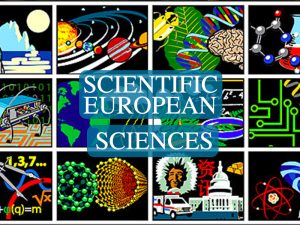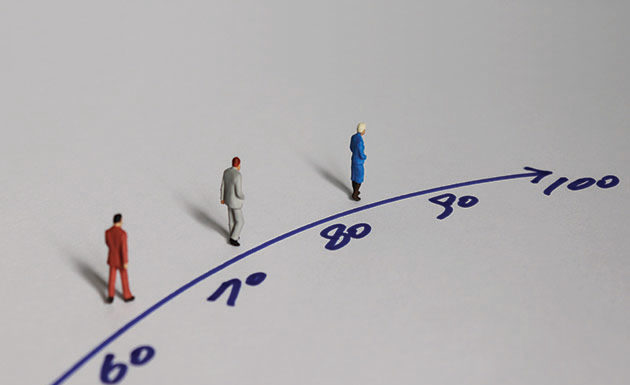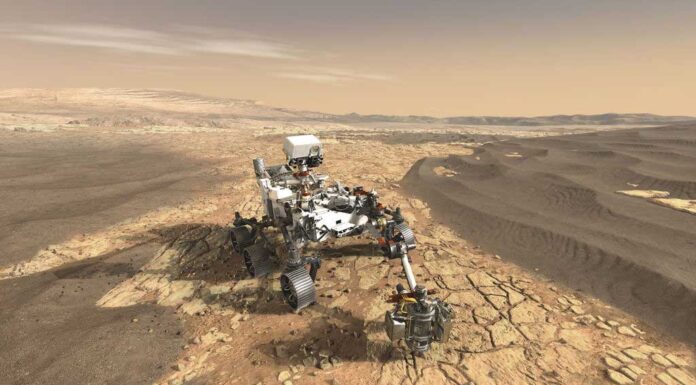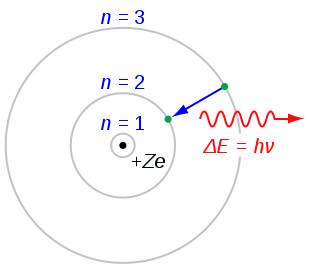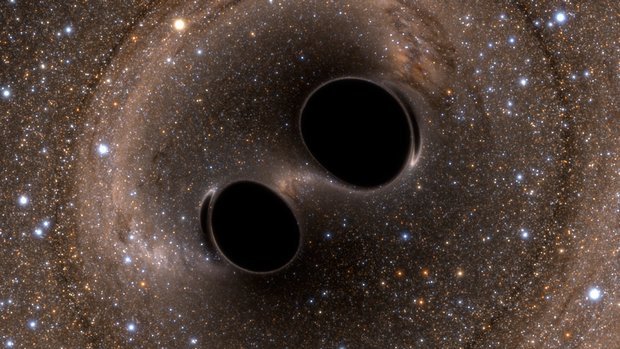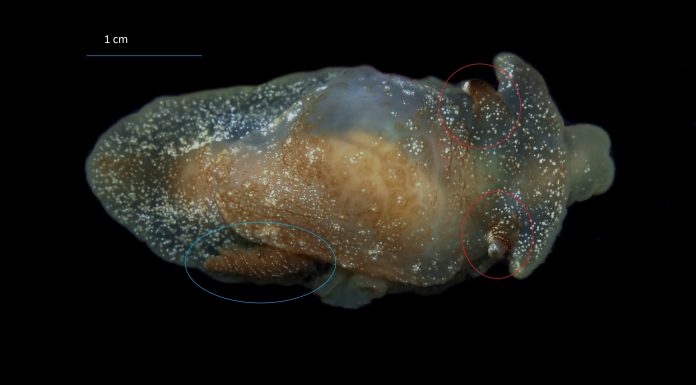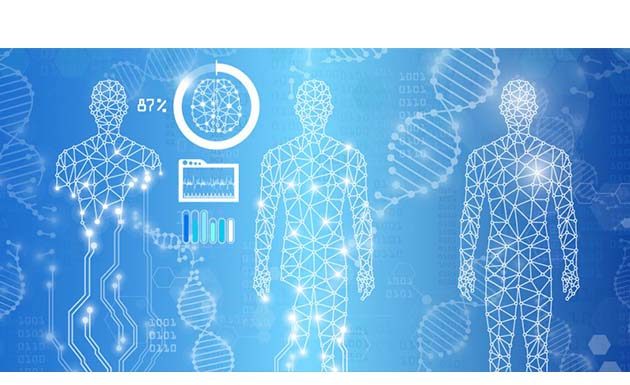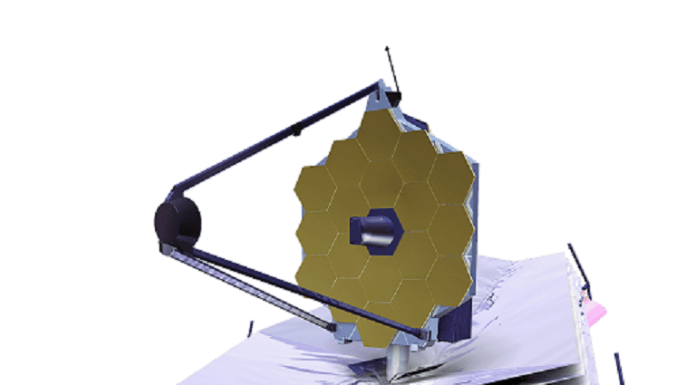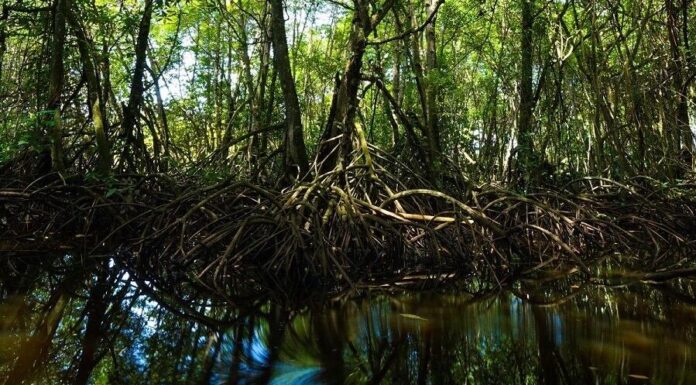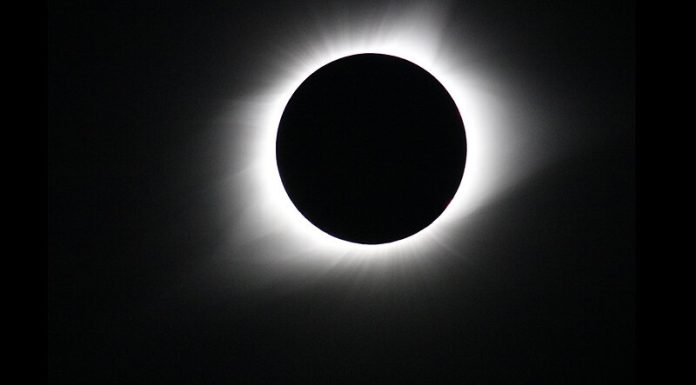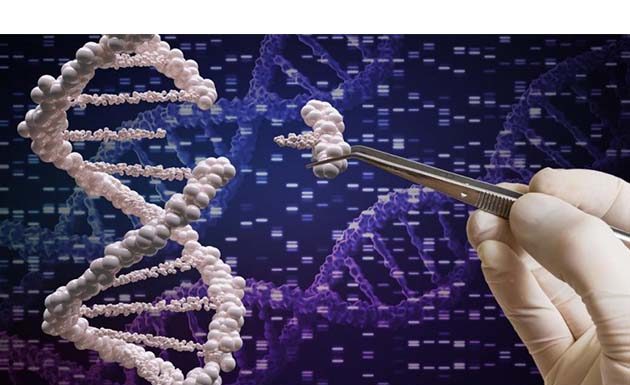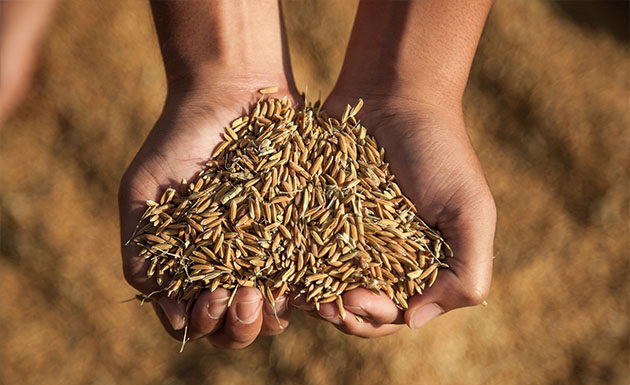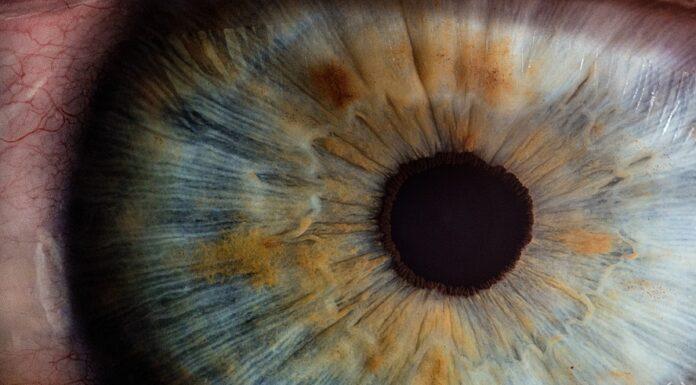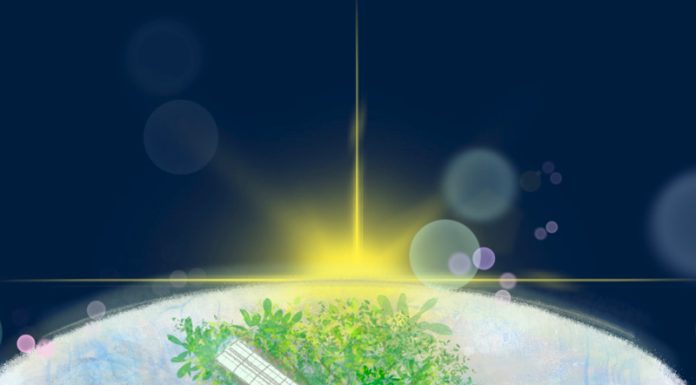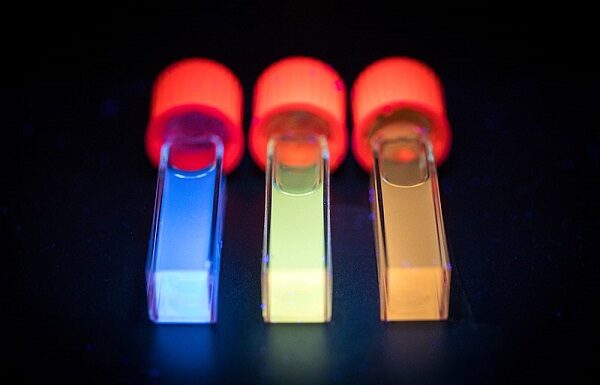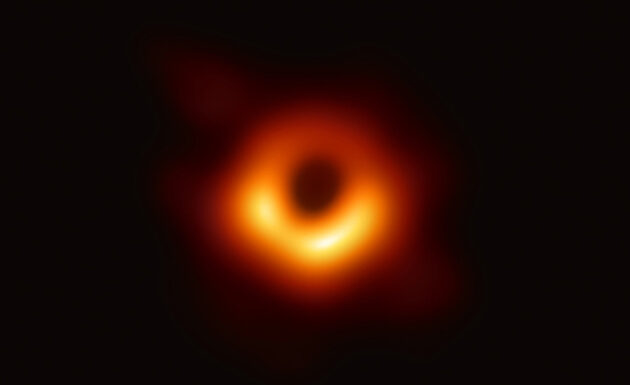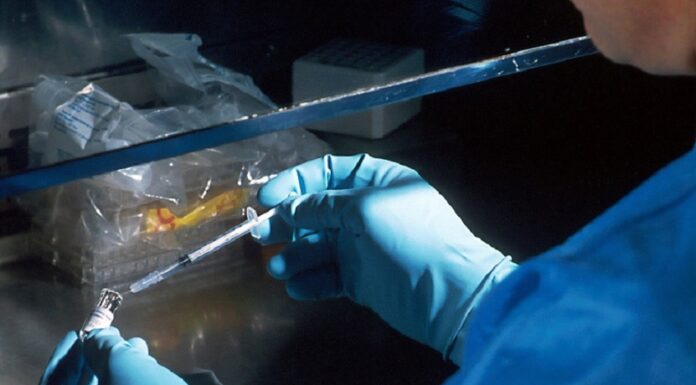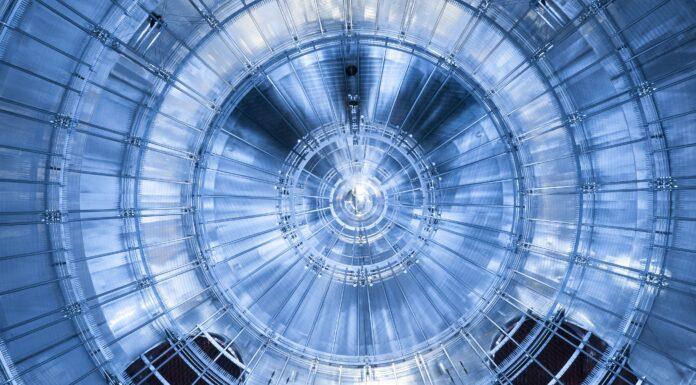The word ‘robot’ evokes images of human-like manmade metallic machine (humanoid) designed and programmed to automatically perform some tasks for us. However, robots (or bots) can be of any shape or size and can be made of any material...
‘’The central dogma of molecular biology deals with the detailed residue-by-residue transfer of sequential information from DNA to protein via RNA. It states that such information is unidirectional from DNA to protein and cannot be transferred from protein to...
Study highlights the key genes which can prevent motor function decline as an organism ages, for now in worms
Ageing is a natural and inevitable process for every organism in which there is a decline in function of many different...
NASA’s ambitious mars mission Mars 2020 was successfully launched on 30 July 2020. Perseverance is the name of the rover.
The main task of Perseverance is to seek signs of ancient life and collect rock and soil samples for possible return to Earth.
Mars is cold, dry...
The researchers at Max Planck Institute for Nuclear Physics have successfully measured infinitesimally small change in the mass of individual atoms following quantum jumps of electrons within by using the ultra-precise Pentatrap atomic balance at the Institute in Heidelberg.
In...
Success in mapping the complete neural network of male and female worms is an important progress towards understanding function of the nervous system.
Our nervous system is an intricate connection of nerves and special cells called neurons which transmit signals...
Merger of two black holes has three stages: inspiral, merger and ringdown phases. Characteristic gravitational waves are emitted in each phase. The last ringdown phase is very brief and encode information about properties of final black hole. Reanalysis of data from...
A new species of sea slug, named Pleurobranchaea britannica, has been discovered in the waters off the southwest coast of England. This is the first recorded instance of a sea slug from the Pleurobranchaea genus in UK waters.
It is a...
A groundbreaking study has discovered a novel way to rejuvenate inactive human senescent cells providing enormous potential for research on ageing and immense scope for improving lifespans
A team led by Professor Lorna Harries at University of Exeter, UK1 has shown...
In a breakthrough study, first primates have been successfully cloned using the same technique used to clone the first mammal Dolly the sheep.
The first ever primates have been cloned using a method called somatic cell nuclear transfer (SCNT), the technique which...
James Webb Space Telescope (JWST) will specialise exclusively in infrared astronomy to study early universe. It will search for optical/infrared signals from the early stars and galaxies formed in the Universe soon after the Big Bang for a better...
Study shows the e-cigarettes are twice more effective than nicotine-replacement therapy in helping smokers to quit smoking.
Smoking is one of the leading causes of death worldwide. Smoking can cause a variety of respiratory diseases by damaging airways and small...
Thiomargarita magnifica, the biggest bacteria have evolved to acquire complexity, becoming of eukaryotic cells. This seems to challenge the traditional idea of a prokaryote.
It was in 2009 when scientists had a strange encounter with microbial diversity that exists in...
Total solar eclipse will be observed in North America continent on Monday 8th April 2024. Beginning Mexico, it will move across the United States from Texas to Maine, ending in Canada’s Atlantic coast.
In the USA, while the partial solar...
Study shows gene editing technique to protect one’s descendants from inheritable diseases
A study published in Nature has shown for the first time that a human embryo can be corrected at a very early stage of embryonic development by a gene-editing (also...
Study describes a new mechanism which mediates the symbiont associations between plants and fungi. This opens up avenues to increase agricultural productivity in the future by growing better resilient crops that require less water, land and lesser use of...
A new study has used robotic screening for shortlisting chemical compounds which could be ‘prevent’ malaria
According to WHO, there were 219 million cases of malaria worldwide and approximately 435,000 deaths in 2017. Malaria is an infectious disease caused by...
Scientists have developed the first patient-derived stem cell model of albinism. The model will help studying eye conditions related to oculocutaneous albinism (OCA).
Stem cells are unspecialised. They cannot do any specific function in the body but they can divide...
LignoSat2, the first wooden artificial satellite developed by Kyoto University’s Space Wood Laboratory is scheduled to be jointly launched by JAXA and NASA this year will have outside structure made of Magnolia wood.
It will be a small-sized satellite (nanosat)....
This year’s Nobel Prize in Chemistry has been awarded jointly to Moungi Bawendi, Louis Brus and Alexei Ekimov “for the discovery and synthesis of quantum dots.”
Quantum dots are nanoparticles, tiny semiconductor particles, a few nanometres in size between 1.5 and...
Scientists have successfully taken first ever picture of the shadow of a black hole providing direct observation of its immediate environment
Image taken from "EHTC, Akiyama K et al 2019, 'First M87 Event Horizon Telescope Results. I. The Shadow of...
Astrobiology suggest that life is abundant in the universe and the primitive microbial life forms (beyond earth) could be found earlier than intelligent forms. The search for the extra-terrestrial life involves looking for biological signatures in the vicinity of...
Scientists have replicated the natural process of mammalian embryonic development in the laboratory up to the point of development of brain and heart. Using stem cells, researchers created synthetic mouse embryos outside uterus that recapitulated natural process of development...
KATRIN experiment mandated to weigh neutrinos has announced a more precise estimate of the upper limit of its mass - neutrinos weigh at most 0.8 eV, i.e., the neutrinos are lighter than 0.8 eV (1 eV = 1.782 x 10-36...
The Nobel Prize in Physics 2023 has been awarded to Pierre Agostini, Ferenc Krausz and Anne L’Huillier "for experimental methods that generate attosecond pulses of light for the study of electron dynamics in matter”.
An attosecond is one quintillionth...






























